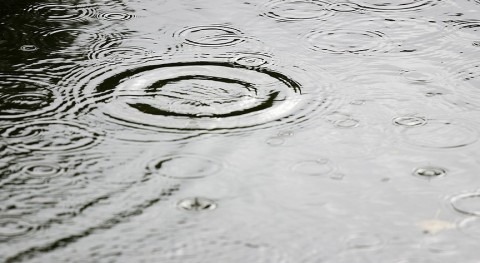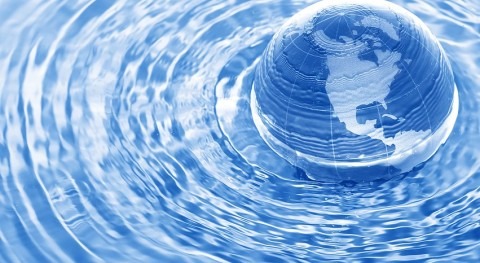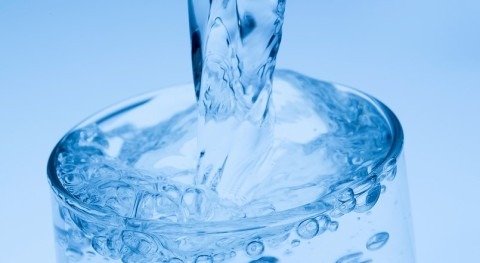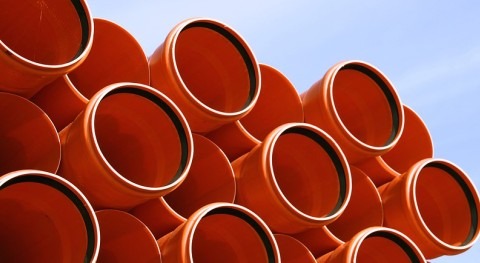Water stress and scarcity is a hot topic these days and will continue to hit headlines around the world well into the future, as the impact of climate change is felt increasingly, coupled with population growth around the world, more extreme weather events and increased urbanisation.
Climate experts around the world have issued warnings that tensions are already starting to rise over water shortages and it’s important to balance the need for this resource between irrigation, energy production and supplying homes and businesses.
If imbalances occur or supplies dwindle, it could potentially lead to violence – and water wars are fast becoming a reality that we may all have to face in the not-too-distant future. Figures from the UN suggest that water shortages could affect approximately five billion people globally by 2050.
However, there may be one interesting solution that hasn’t been considered thus far and that’s trading futures contracts on water as an asset, an agreement to buy or sell the resource at a specific time in the future and at an agreed price.
According to Euronews, Wall Street is just about to start trading futures contracts on California’s water supply, indicative of the pressures that are now being put on the state as a result of climate change, with this year seeing record temperatures and uncontrollable wildfires.
CME, the world’s largest futures exchange, will launch the ability to trade in contracts for the state’s water market later in 2020, each contract representing ten acre feet of water, or the amount it would take to cover an acre over land in one foot of water.
Supporters of this particular move say that it could help to drive more efficient alignment of supply and demand of water.
Currently, 40 per cent of California’s water is used to irrigate more than 3.5 million hectares of crops, but CME says this strategy will allow farmers and others in the agricultural industry to have guaranteed prices for water, even if shortages are seen later down the line.
Another problem that the state faces is the fact that almost 75 per cent of the surface water available can be found in the northern third of the region, but 80 per cent of the demand comes from the southern two-thirds.
But moving water across such vast distances has resulted in creating regional rivalries, with water feuds dividing the state and disagreements persisting over how California’s water resources are developed and managed.
As Water Education explains, the state must work to balance climate change, population growth and the water system – which is becoming ever more important in a state that sees regular drought.
Do you want to find out how you can improve the water footprint of your business?








